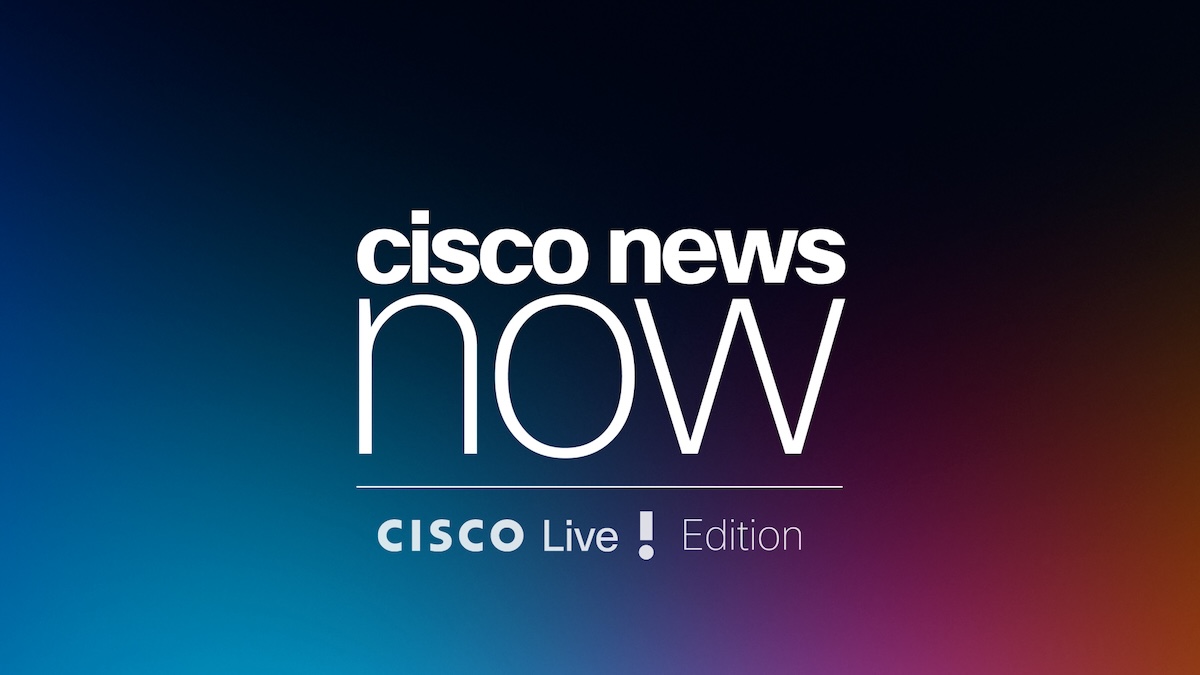Cisco Worldwide Analyst Conference - SAN JOSE, Calif. - December 7, 2005 - Cisco yesterday successfully demonstrated Fixed-Mobile Convergence (FMC) to a large audience of financial and industry analysts at its Worldwide Analyst Conference. The industry-leading demonstration illustrated that the Cisco Service Exchange Framework (SEF), the service control layer of the Cisco IP Next-Generation Network (IP NGN) architecture, supporting both IP Multimedia Subsystem (IMS) services and non-IMS services, can enable providers to quickly deploy voice, video and data services to increase revenues and improve customer relationships.
The live demonstration displayed seamless location, roaming and hand-off of voice calls between WiFi and cellular networks using a dual mode handset with a single number. Applicable to data and video services as well, this capability will enable providers to deliver multimedia services to a range of different devices and maintain service continuity and Quality of Service (QoS) across a range of access networks for users at work, at home, or on the road. The intelligent network can dynamically deliver these services over the most efficient and highest quality network without subscribers having to take action or even acknowledge that any change took place. This results in greater subscriber satisfaction and enhanced customer loyalty.
"Orchestrating the delivery of voice and multimedia services across multiple access networks, protocols and service delivery platforms is a complicated but required capability of a next-generation service control layer," says Joe McGarvey, principal analyst, Current Analysis. "Cisco's successful FMC demonstration indicates that the company is focused on delivering to service providers the solutions they will need to thrive in a competitive environment increasingly marked by differentiation in services offerings."
The demonstration utilized key components of the Cisco Service Exchange Framework, including the Cisco Call Session Control Platform (Cisco's implementation of the IMS CSCF), the class-independent Cisco BTS10200 softswitch, the high-density Cisco MGX 8880 Media Gateway, and the widely-deployed Cisco PGW2200 Media Gateway Controller. Highlighting interworking of a variety of network and signaling protocols -- including SIP, GSM, MAP, MGCP and WiFi -- it also showed how the Cisco solution delivers QoS over any access network while meeting operator-defined policy enforcement requirements. The demonstrated infrastructure is also designed to support FMC for video and data services, in addition to voice, when interconnected to 3G mobile networks.
Additionally, the demonstration illustrates the standards-based interoperability of the Cisco Service Exchange Framework with equipment from Cisco partners including Apertio, HP and SIPquest.
"The Service Exchange Framework will enable operators to deliver fixed-mobile convergence for any service, from anywhere and at any time," said Mike Volpi, senior vice president of Cisco's Routing and Service Provider Technology Group. "We look forward to continuing to innovate and lead the industry in all aspects of network, service and application convergence, while ultimately helping our customers be more successful."
For more information on Cisco Service Exchange Framework solutions for IMS, please see the announcement made December 5: http://newsroom.cisco.com/dlls/2005/prod_120505.html and visit the Cisco web site for product and solution information: http://www.cisco.com/go/ipngn4.



